
 Instagram
Instagram
Related products
Perianal Hematoma: Causes and Treatment
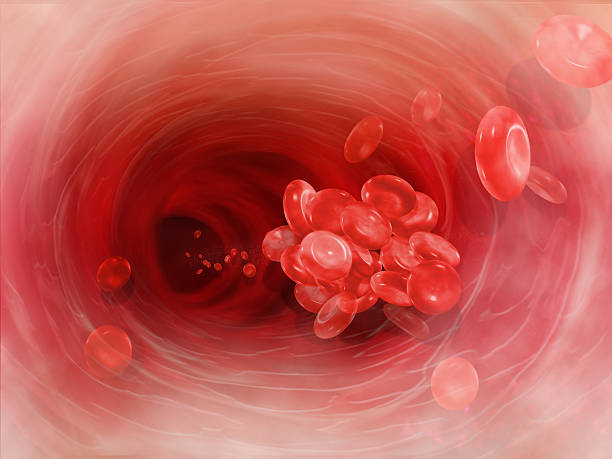
Related products
Emerging from the realm of medical conditions that receive less widespread attention, perianal hematoma is a commonly overlooked issue. As an ailment affecting both genders across varied age groups, it gains momentum as a health concern demanding focused understanding.
A perianal hematoma manifests as a collection of blood in the outer layers of skin surrounding the anus - akin to having an external hemorrhoid or anal pile. Patients often describe experiencing throbbing pain accompanied by visible swelling and discomfort during bowel movements. These symptoms can range from mildly irritating to severely painful depending on its size and location.
Grasping the roots and remedies for this condition not only aids those afflicted but also provides preventative measures against probable future occurrences- making it necessary information for all individuals.
Various contributors trigger these hematomas; straining too hard during bowel movement, heavy lifting, or coughing being cited frequently. Rigorous physical activity involving high pressure around the rectum remains one primary cause among many others.
For assisting treatment decisions once diagnosed with such defect, advice tends towards conservative methods like sitz baths (warm water immersion), analgesics applied topically along with recommended lifestyle modifications prioritizing ample fluid intake & fiber-rich diet alleviating constipation thereby reducing strain on bowels.
However, if symptoms persist despite preliminary treatments then minor surgical intervention might be indicated wherein under local anesthesia blood clot gets drained yielding instant relief.
Statistics brought out by NHS UK each year expose thousands of visiting clinics reporting varieties of anorectal problems where perianal hematomas play significant roles. Perianal Hematoma.
What Is Perianal Hematoma?
Perianal hematoma, a terminological innovation within the medical taxonomy, captures an exact definition of a localized collection of blood around the anus. It transpires when small vessels in this region rupture and bleed into nearby tissues creating pockets akin to external lumps or swellings.
The term ’perianal’ describes anything related to proximity surrounding the exterior anal area while ‘hematoma’, having its root in Greek meaning ‘blood-filled', typifies clotted blood trapped inside bodily confines due to subcutaneous rupturing or bursting open of veins. Primary symptoms include intense pain radiating on straining during bowel movements with a visible presentation like a bluish lump near the anus area; closely simulating appearance & discomfort posed by piles/hemorrhoids yet contrasting significantly regarding causes and management.
What Causes Perianal Hematoma?
Trauma or Injury to the Anal Region
Often associated with injuries arising from accidents, falls, intense physical activities, or sexual behaviors that exert excessive pressure on delicate tissues of the anal area. Even minor trauma can compromise the integrity of small vessels in this region leading to the formation of a hematoma - an evident reflection caused by localised blood accumulation outside regular circulatory pathways.
Straining during Bowel Movements and Heavy Lifting
Significantly contributing towards the development of perianal hematomas are factors like straining hard for bowel movements typically seen under constipation scenarios and lifting heavy objects routinely. Both mechanisms create dynamic forces against the rectum quite identical yet high enough culminating in the rupture of susceptible capillaries nested within skin layers around the anus causing them to bleed thus forming proverbial pile-like external structures posing significant discomfort upon touch or strain further.
Chronic Constipation Or Diarrhoea
Perianal hematomas often relate to chronically disturbed bowel conditions where at one end, hardened stools owing to long-standing constipations dictate strained attempts triggering ruptures whereas diarrhoea existing at other extreme warrants repeated wiping exercises rubbing off soft outer epithelium making it injury-prone hence resulting lump formations once blood flows out entering subcutaneous spaces outlining characteristic symptoms related frequently worldwide.
Weakening Of Blood Vessel Walls & Hypertension
Weak-walled veins present themselves as easy targets succumbing readily even unto slight pressures either externally applied through traumas/physical strains while internal systemic issues due to persistently elevated arterial pressures (hypertension) casting similar damaging effects onto peripheral vascular beds cumulatively foster grounds for spontaneous leakages citing the main reason behind their involvement explicitly accounting secondary causative roles.
Coagulopathy
Coagulation disorders present themselves rarely but rank highly among serious causes since here issue lies in inherently defective clotting mechanisms failing to stop blood flow even after an injury. Continuous leakage ultimately settles within adjacent skin layers forming painful lumps or perianal hematoma with the added risk of sustaining severe health complications if not timely intervened hence advocates their recognition against backdrop general causes encountered regularly.
Symptoms of Perianal Hematoma
Pain: One of the most prominent symptoms is pain, typically sharp or throbbing. Located around the anus region where hematoma grows often intensifies on strain exerted while defecating, sitting, walking, or even touching thereby affecting everyday activities significantly.
Visible Lump: The development of a blue-black-colored lump near the anal opening represents the second most frequently noted characteristic manifestation interpreting a collection of blood within surrounding tissues that one notices visibly even with naked eye examination confirming occurrence externally as such.
Swelling & Discomfort: Swelling arises due to a widened area filled up by clotted bleed causing the skin to stretch outward creating discomfort possibly contributing towards altered postures benefitting relief pressures testifying to the presence of perianal hematomas otherwise asymptomatic individuals.
Itchiness: This symptom might appear less intense but is equally bothersome experiencing an itch sensation around the affected site majorly resulting in dryness exemplified more so after a bowel movement when permissible cleaning urges rub off potential remnant traces leading to added irritation hence newfound lumps witnessed alongside ignites suspicion notably haemorrhoids primarily seeking immediate medical attention for relief thereof.
Rectal Bleeding: A rather serious sign indicating a higher possibility of developing haemorrhage owing to severe injury usually accompanies large-sized chronic unattended cases and rarely advances to this stage if promptly intervened timely yet raises concern once spotted, therefore, mandates thorough clinical evaluation ruling out the existence other grave anorectal conditions exhibiting similar features foregrounding need appropriate treatment strategies primary objective securing patient's well-being against any complication arising future course disease progression.
Diagnosis
A thorough physical examination conducted by a healthcare provider plays a pivotal role in diagnosing these conditions accurately primarily featuring inspection followed by shadowed palpation assessing dimensions along tenderness confirming presence conclusively.
However, further clinical investigations might be warranted like proctoscopy - direct visualization using a specialised instrument called a proctoscope revealing the exact status inside the rectum supplementing the clinical decision-making process likewise imaging techniques such as ultrasound / CT scan probe more about the extent of injury indirectly suggesting likely causes behind such presentations fostering definitive diagnosis hence helping decide best treatment option possible minimising risks concern effectively enough reducing patient suffering drastically.
Treatment
Initial recommendation circles around adopting a conservative approach towards management. Rest and avoidance of activities causing strain to rectal muscles including bowel movements, lifting heavy weights or physical exercises form key components within the strategy aiming primarily at enhancing the healing process lending its natural pace and reducing vessel rupture risks further.
Soothing Approach - Sitz Baths
Engaging in sitz baths—immersing an affected area in warm water multiple times a day allows soothing relief from resultant discomfort besides fostering faster recuperation by promoting local blood flow accelerating the recovery span enormously.
Mitigating Discomfort - Pain Management
Over-the-counter pain relievers like Paracetamol play a crucial role in subduing experienced severity making the condition bearable enough until definitive treatment brings a complete cure hence form an integral part regarding preliminary care offered on diagnosis till decisions about future interventions made accordingly suit individual health status best.
Medical Interventions
If symptoms persist beyond the comfort limit despite the above measures then medical intervention is indicated involving Aspiration wherein under sterile conditions needle inserted into a lump physically draws out trapped blood providing instant uneasiness mitigation. However severe cases necessitating surgical removal (thrombectomy) might arise where the incision made permits clotted mass expulsion directly eradicating problem root level performed typically under local anaesthesia ensuring time-tested results against perianal hematomas registered globally.
Post Treatment Care
Preventive strategies incorporating lifestyle modifications lead the path to posttreatment well-being avoiding recurrence episodes with a focus on diet-rich fibre content maintaining easy stool passage minimising straining effects during defecations along recommended daily hydration promotes regular bowel habits as preventive measures quite effectively.
Regular exercise contributes positively towards healthy anal circulation thereby reducing chances of developing hemorrhoids preferentially ensuring a smooth post-treatment phase focusing not alone on disease eradication but importantly holistic healthcare objective being the primary motto serving the patient’s interest foremost.
Complication
Infection
One of the most significant complications arises when perianal hematoma gets infected. This situation might manifest additional symptoms like increased redness, pus discharge, or high fever indicating infection spread locally and requiring immediate medical intervention to prevent any probable escalation into a systemic issue becoming potentially life-threatening if allowed to progress unchecked.
Abscess Formation
Once the infected site faces severe bacterial invasion then there remains the possibility of organizing abscesses - encapsulated pockets filled with purulent material posing trouble relating to pain besides difficult management often needing surgical drainage assisting recovery marking an important complication demanding attention inevitably.
Prolonged Bleeding
If left unattended, especially in cases where blood clotting doesn't occur properly (coagulopathy), patients risk prolonged bleeding leading possibly towards anaemia over time owing to continuous blood loss thus proving detrimental healthwise hence needs addressing appropriately through both symptomatic and definitive care approaches dealing them holistically justly enough.
Thrombosed External Hemorrhoids
Large persistent hematomas turn themselves into thrombosed external hemorrhoids eventually characterised by hard lumpy painful feeling experienced near the anus region making daily routine activities challenging, therefore, call for advanced treatment modalities preferably invasive types aiming for complete resolution constituting other dreaded sequelae confronting perianal hematoma sufferers routinely worldwide.
Anal Fistula
An extremely rare but serious complication involves fistula formation- irregular passage connecting skin surface opening directly onto rectum creating abnormal pathway leaking faecal matter outside causing discomfort alongside embarrassment affecting quality life significantly encasing last yet crucial dilemma under compilation embarking major impacts following complicated disease course ruling out their existence paramount devising future line actions intending secure patient’s well-being optimally possible amidst uncomplicated journey ahead altogether.
Distinguishing Between Different Anorectal Conditions
Even though perianal hematomas resemble other common rectum-related conditions such as haemorrhoids (piles) and abscesses in terms of physical manifestations—primarily painful swelling—it becomes essential to distinguish precise diagnosis leading towards appropriate treatment strategies.
Haemorrhoids typically evolve due to chronic increased pressure inside thick-walled veins lining the lower rectum & anus resulting either from constipation or pregnancy-related effects demonstrating internal(most common)/external varieties based upon origin site. On the contrary, perianal hematomas result abruptly following vigorous activities involving high intra-abdominal pressures against distended but thin-walled capillaries circulating skin layers encasing anal verge directly causing their breakage inciting formation termed thrombosed hemorrhoid displaying rapid onset with underlying cause mainly being mechanical trauma rather than pathological changes affecting vein walls- marked difference separating it away from traditional haemorrhoids.
Abscesses present themselves as distinctly different entities altogether manifesting as pus-filled pockets built due to localised infections lurking beneath the skin surface- the source of bacteria invading usually being small glands located just inside the rectum. Pain, swelling possibly with fever besides general discomfort mark their hallmark signs differentiating them from hematomas confirmed on examination.
When To See Your Doctor
With perianal hematoma, initiating timely consultation with a healthcare provider is integral to managing this condition effectively. Some of the key instances when medical advice becomes necessary include:
When discomfort or pain around the anus region starts interfering with daily routine, notably if it intensifies during bowel movements or while sitting causing significant unease.
If one observes a bluish lump near the anal opening and suspects its association with recent activities involving strain upon bowels such as weightlifting exercises, excessive coughing bouts, or constipation-related hard stool passages indicating possible rupture of small veins leading to a formation called 'Perianal Haematoma'.
In situations where over-the-counter medications fail to bring desired relief within a week despite proper rest practicing conservative measures like sitz baths regularly warrants doctor's intervention assessing progress and further treatment planning accordingly.
When any new symptom seems abnormal adds danger especially including high fever suggestive severe infection, and bleeding anorectum not stopping naturally pointing towards probable haemorrhagic complications including underlying coagulation disorders necessarily requiring thorough clinical assessment to ward off risks involved potentially thereon.
Last but far most importantly even after successful interventional procedures are performed for removing hematoma experiencing recurrence episodes need to be alerted immediately to seek medical assistance to determine the cause behind returns thereby strategising a comprehensive approach to tackling the issue holistically aiming at sustainable cure rather than temporary suppression alone keeping well-being patient priority utmost.
Summary
Being a condition arising due to the collection of blood around the anus, perianal hematoma presents symptoms such as severe pain and a visible lump near the anal opening. It is majorly caused by trauma or injury in that region, strain during bowel movements, and chronic constipation or diarrhea. Diagnosis primarily involves physical examination while treatments include conservative methods like sitz baths for symptomatic relief along with medical interventions including aspiration or surgical removal depending on the severity of cases reported.
Post-treatment care emphasises upon preventive measures largely comprising lifestyle modifications involving dietary changes favouring fibre-rich meals, and adequate hydration facilities besides regular exercises to safeguard against recurrence episodes routinely observed globally.
Complications related to infections leading to abscess formation, and prolonged bleeding turning eventually into anaemic states alongside rare but serious occurrences of developing anal fistula pose significant challenges managing perineal hematomas uniformly demanding critical attention towards their effective resolution. In all such scenarios, prompt recognition followed by timely consultation with healthcare providers holds the key to ensuring the optimal well-being of those affected thereby serving humanity broader sense alike.
Frequently Asked Questions
What is the common cause of perineal hematoma?
The prevailing cause behind perianal hematoma is a rupture of small blood vessels surrounding the anus due to severe strain from activities such as bowel movements, intense coughing, or lifting heavy weights.
What is the difference between a hemorrhoid and a perianal hematoma?
Though both conditions might present similar symptoms like painful swelling near the anal area: hemorrhoids typically develop over time due to increased pressure onto veins lining the lower rectum & anus whereas perianal hematomas occur suddenly following vigorous activity inciting capillary ruptures resulting in an external lump formation underlining significant distinction between two commonly confused terms.
Where is a perianal hematoma located?
A perianal hematoma emerges specifically around the exterior region encircling the anus where pooled blood accumulates within tissue layers creating visible lumps often observed outwardly on inspection.
Can a perianal hematoma cause pain?
Peri-anal hematomas indeed manifest pain, usually throbbing, notably while attempting bowels or during sitting positions attributable to their characteristic location and nature thus qualified as one among the prime complaints registered patients suffering this health issue worldwide.
What is the best treatment for perianal hematoma?
The initial strategy revolves principally around conservative treatment measures involving rest accompanied by sitz baths providing a soothing effect besides offering symptomatic relief through over-the-counter painkillers. However, if discomfort persists then medical interventions come into the picture ranging from simple aspiration procedures to surgical removals depending upon severity degrees predetermining the ultimate cure choice most suitable ensuring the well-being of affected individuals.


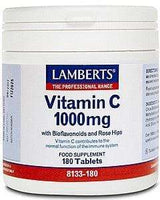
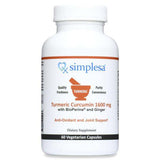







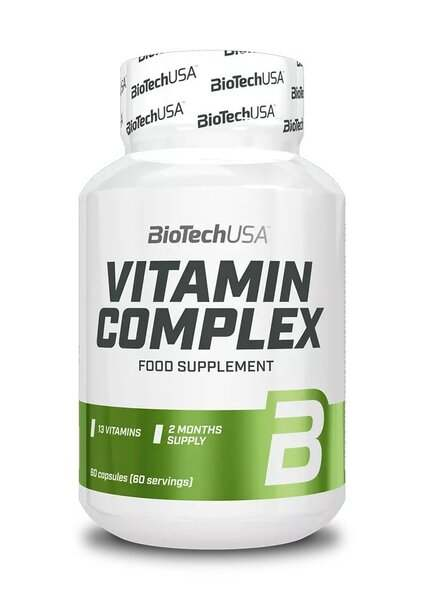

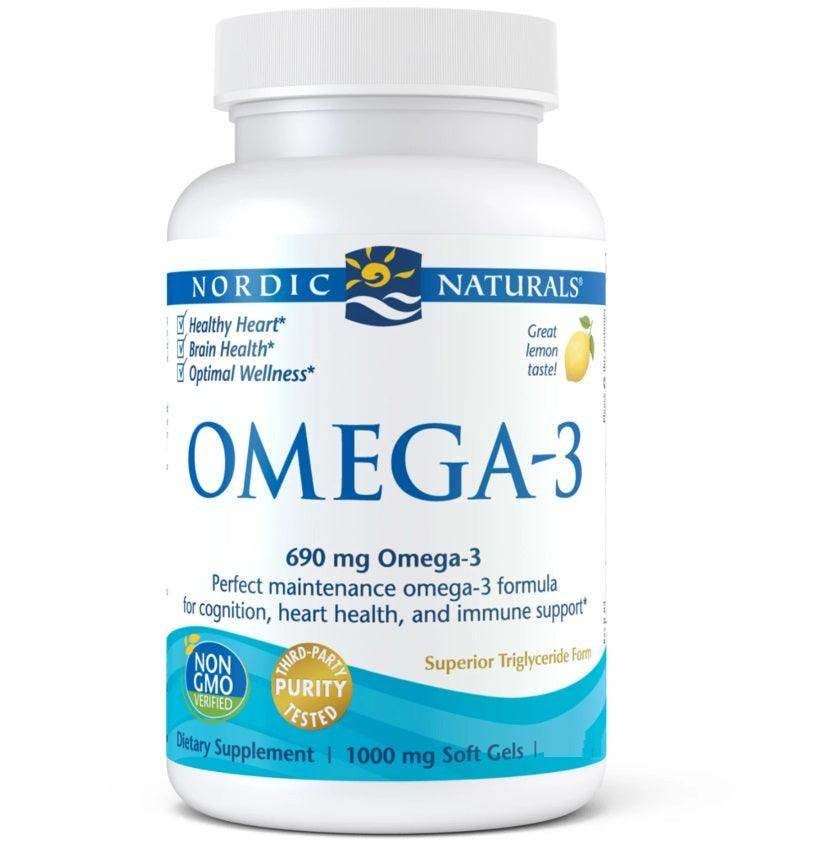

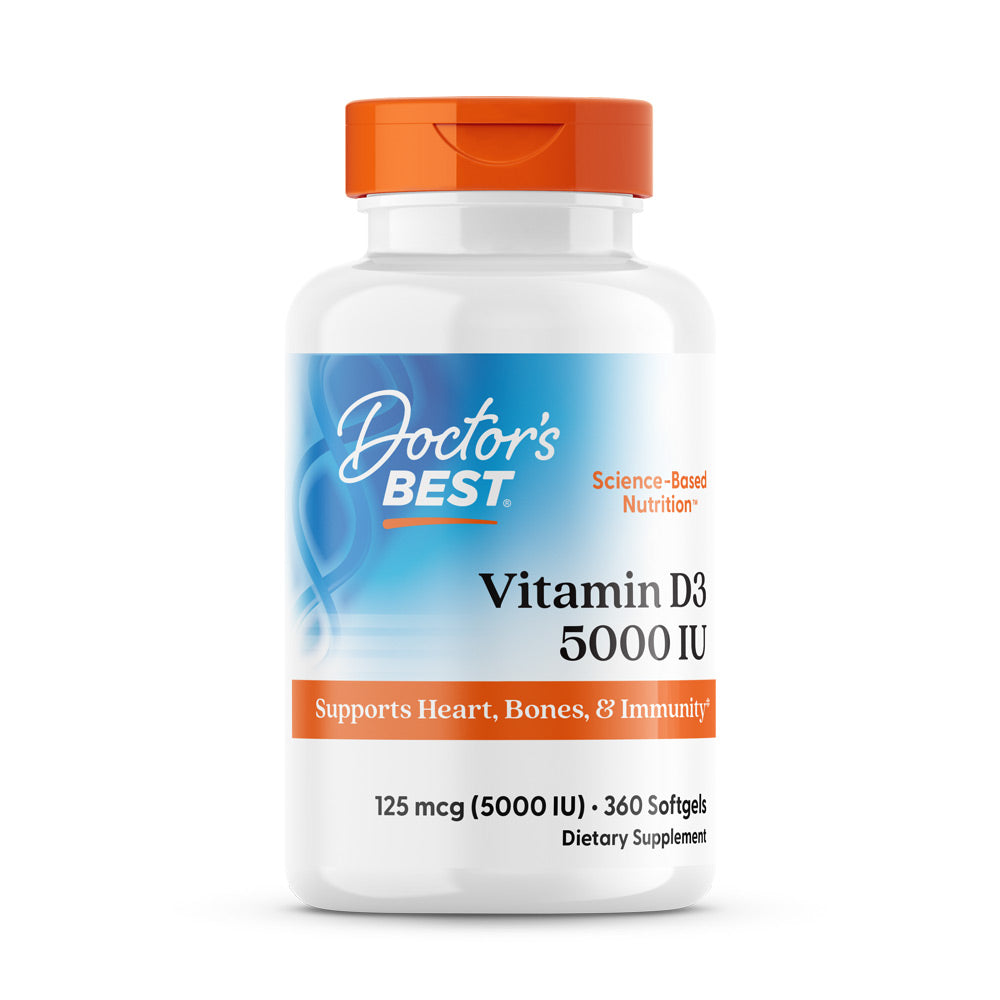


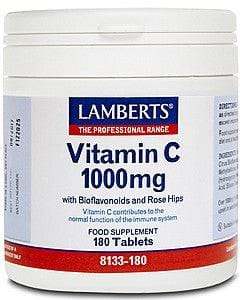
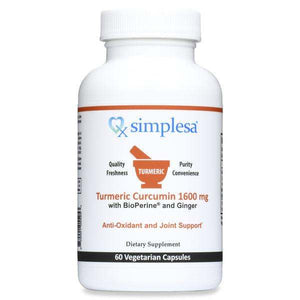














 Rated Excellent by 26,523+ Reviews
Rated Excellent by 26,523+ Reviews